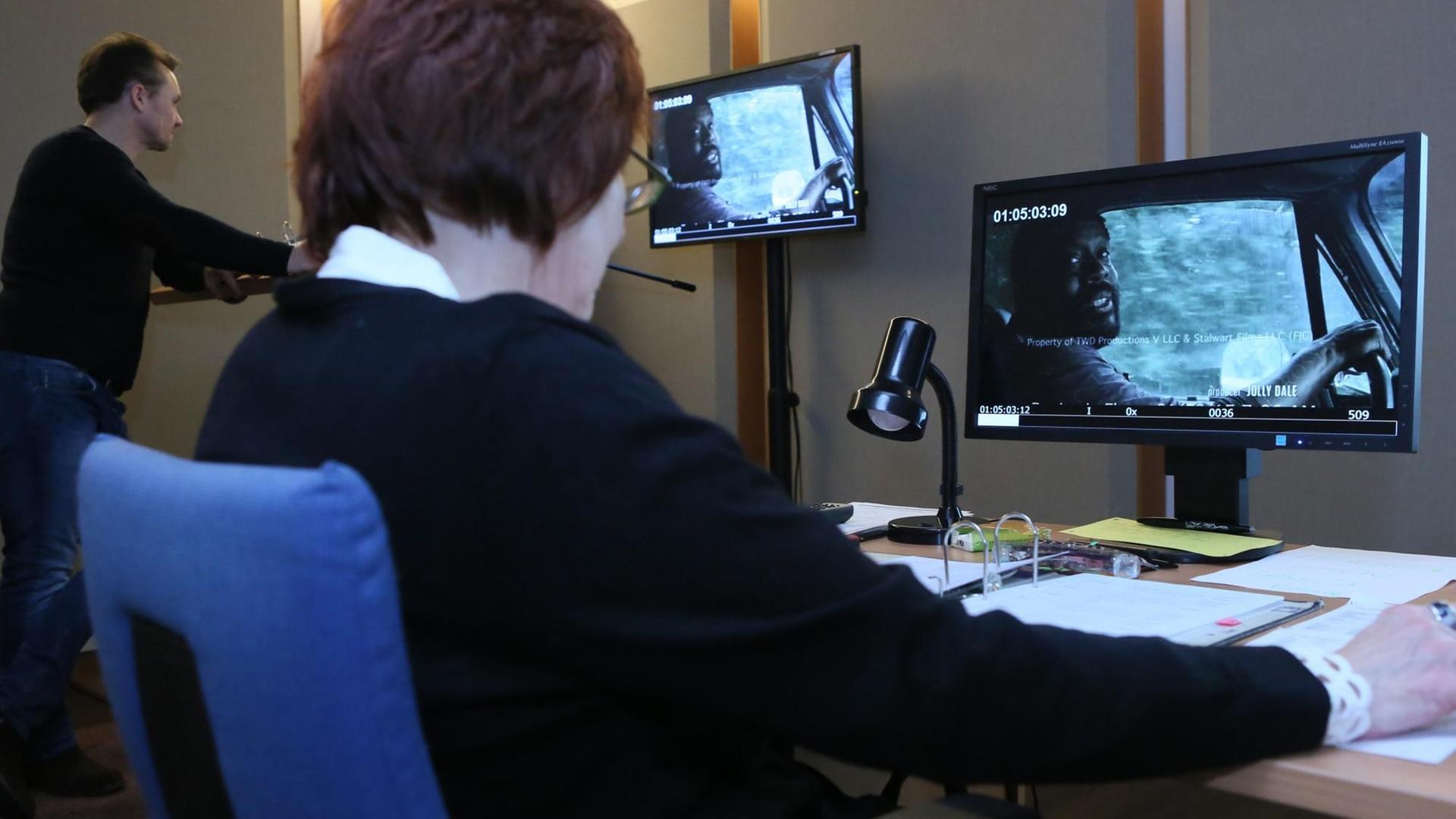Computers are very similar to people in that they have a finite lifespan and like us, there are a number of afflictions that can cause a computer’s digital existence to cease. Most of these problems stem from careless handling, neglect, unhealthy environments and old age, leaving the average computer system’s longevity no more than ten years.
However, careless handling, maintenance and badly trained users can shorten a computer’s lifespan just as a careless lifestyle can cut shorten ours. Here is a list of the ten most common causes of catastrophic computer failure.
10. User errors – From not powering down properly to skipping scan disks, a user can seriously damage a computer’s hardware, particularly drives and processors by not following correct guidance in using their machine.
9. Faulty manufacture – years ago there were only a handful of companies producing PCs now it seems there are an almost infinite number of manufacturers and assemblers, some have vast experience and resources, others are no more than two guys in a garage so it is not surprising that an increasing number of computer systems are faulty when bought new.
8. Bad upgrades. It is not just computers themselves that are victims of bad workmanship, upgrades by inexperienced computer fitters can cause horrendous problems and faulty add-ons such as RAM can kill a processor instantly. Also attempting to ‘overclock’ a processor can often lead to a fatal melt-down.
7. USB Device Mishaps. It seems everything can be plugged into a USB these days. However, it maybe that your USB device is not suited to the operating system you use or it may be faulty leading to a fatal short circuit.
6. Power surge/cut. Power surges or unexpected power cuts can not only cause instant loss of data but can also fry a processor rendering it useless. It is not just power from the grid that causes problems either, lightning can surge through cables (even phone wires) frazzling your system and a build up of static can cause similar results.
5. Dust. A dusty environment will clog a computer and block cooling vents causing a computer to overheat. Dust can also contain conductive material and particles can stick to circuit boards and cause a short circuit. Even home computers if not properly cleaned can succumb to problems caused by too much dust.
4. Water/fluids. Of course computers are electrical and with all electrical equipment, computers and water do not mix, just one spilt cup of coffee could see the end of your PC.
3. Heat. Processors can run exceptionally hot and if a computers cooling system is inadequate (because the machine has been upgraded, overclocked or just clogged up with dust and grime) it will only be a matter of time before it packs up for good.
2. Cold. Just as with heat, computers don’t enjoy the cold too much either. Processors will not operate at all if the operating temperature is too cold and Processors can permanently freeze up if the temperature drops too much.
1. Knocks/bangs. Computers are sensitive machines, simply moving a PC to another room can cause havoc, disrupting the delicate circuitry and hard drives. Dropping a computer or severe knocks and bangs will permanently damage the circuits and processors or dislodge wiring.
There are of course measures that can be taken to protect a PC such as always ensuring any computer has been assembled correctly and any upgrades are done carefully by a fully trained professional. Making sure a decent power supply with surge suppressor is fitted is also important (many computer experts will tell you that a power supply is the most important component in a PC, and I can’t argue with that) and that any peripherals are checked to be working correctly before you plug them in (ask to see them work in the shop) and will run correctly on your operating system.
Finally there is a low cost ways of adding extra protection to a PC, in the shape of a computer enclosure, particularly worthwhile if your PC has to operate in a dusty or moist environment, under varying temperatures and prone to knocks and bangs.
These industrial computer enclosures are relatively low cost and can house virtually any PC, monitor or printer. They often contain air conditioners and heaters to control temperature and can protect from extremely severe knocks and bangs (some even claim to be bomb proof). These enclosures also prevent dust and fluids from entering (some can even be hosed down in industrial environments without fear of damage) and allow a conventional PC to be used in the most hostile environments from ovens, freezers, dusty shop-floors and even explosive environments.







